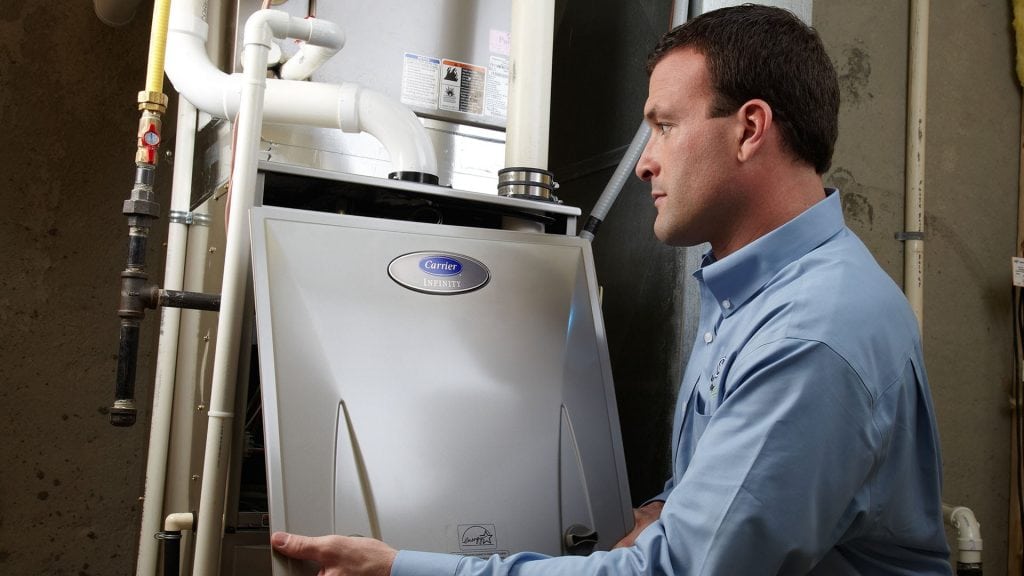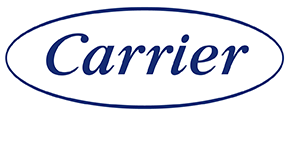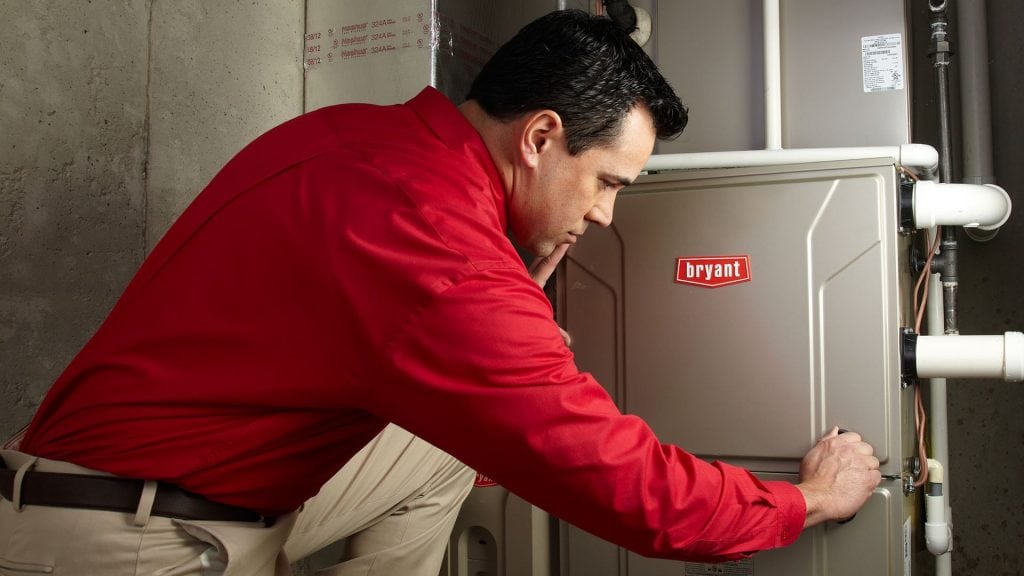Debunking Myths About How Heating and Cooling Impact Energy Usage

Debunking Myths About How Heating and Cooling Impact Energy Usage
There are lots of myths about how heating and cooling affect power consumption in a home. The major downside of these electricity usage myths is that they result in energy waste, and higher heating and cooling bills.
Common Myths
- Turning up the thermostat a few extra degrees in the winter will make your furnace heat up the house faster. This is false. When you turn your thermostat several degrees above your normal room temperature, you'll end up with an uncomfortable, overheated home. If your goal is energy savings, you won't succeed because this myth will drive up your energy consumption, and your heating bills. Just set the thermostat where you want it, and your home will get comfortable just as quickly as if you had cranked it up.
- Dialing back the thermostat of your heat pump overnight by several degrees will help reduce heating costs. This isn't true. When it's used for heating, a heat pump is designed to raise the indoor temperature slowly, by one-degree increments. If your programmable thermostat calls for the temperature to increase by more than two degrees, which is what will happen in the morning if you've turned down the heat by more than two degrees when you went to bed, the emergency electric heating element will kick on to accomplish the quick warm up. This costs more to run than the regular heat pump operation.
- Don't turn up your air conditioner's thermostat during the day; it'll cost more to cool down the house when you get home. Untrue. To save money on cooling, use a programmable thermostat and set it for 80 degrees during the day if the house isn't occupied. Do this at night, too, and you could save 10 to 15 percent on your annual cooling bills.
- A bigger A/C will cut your cooling costs. This is false. If your A/C isn't sized correctly, your energy consumption can actually increase. Inaccurate sizing can also damage the system's components over time, resulting in premature failure. To reap energy and cost savings, your HVAC pro must calculate the capacity you need based on your home's square footage, insulation and other key factors, and also consider the ductwork design.



